Last Updated on July 30, 2021
PLOT: Based on the book "The Outpost: An Untold Story of American Valor" by Jake Tapper, THE OUTPOST recounts the true story of the Battle of Kamdesh, in which the 53 American soldiers stationed at the remote Combat Outpost Keating in Afghanistan fought off an invading force of 300 Taliban.
REVIEW: Anyone who looks at the poster or marketing material for THE OUTPOST and thinks about passing over what looks like yet another by-the-numbers military action flick would do well to ignore that very understandable impulse. Abandoning glorified violence, constant “Oorah” patriotism and most of the heavy-handedness that often plagues the genre is, in its place, a sobering and often gripping examination of soldiers living every second under the unblinking eye of death, knowing any one of those seconds may be their last. And, obviously, stuff blows up, which is great too.
Yes, reading the "plot" section, this does sound like the kind war story movies are made out of, but instead of something that easily could’ve been Michael Bay-ified into something driven by non-stop action, the script from Paul Tamasy and Eric Johnson focuses on the men themselves, introducing us to them as we become familiar with this very unfortunately located outpost. The first time seeing it in the day, a whirling shot showcases a small post encased in a towering, nightmarish surrounding of the mountainside, making the movie kick things off as more of a claustrophobic thriller than a strait-laced war flick.
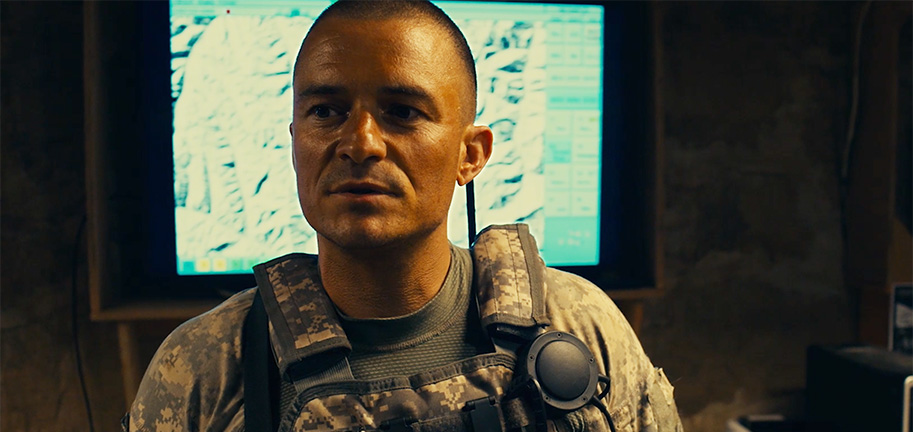
Much of the credit for the film’s exacting, detail-oriented approach is director Rod Lurie (himself a West Point graduate), and while he hasn’t directed anything I’ve liked in the past (his last feature being the unnecessary remake of STRAW DOGS in 2011), he’s clearly improved on his craft over the last decade. No doubt with a small budget, Lurie substitutes the flash of action-driven war films with plenty of focus on the rituals and lives of the men in Bravo Troop. With a tight focus on the natural chemistry between characters matched with flowing camerawork, he lends an indie film vibe to what some may see as monotony on the surface but is really only the calm before a storm. Long takes allow the actors to chew on some dialogue and engage in the environment uninterrupted, and thus a casualness washes over the outpost, all until a shocking storm of bullets and explosions hits the base from the vast mountainside, disturbing any moment of peace. Lurie carefully paces out these instances, and – imitating as close to real-life as art can get, I imagine – they always come out of nowhere, sometimes even forcing the soldiers to fire back at unseen enemies in the nude before a shower. For a dual effect, we quickly get the idea that this story is meant to shed light on the incredible oversight from the U.S. government regarding the base's lack of proper defenses. The point of the location being where it was was so that the troops could effectively communicate and assist the locals, but it only resulted in hails of gunfire on the daily. But for these men, that was the routine, and their response when the first attack is done is less befitting of traumatic wartime experience and more to that of a roller coaster ride as Six Flags.
Making use of the extended takes for more than just hunks of dialogue, the technique is seamlessly factored into the Battle of Kamdesh as a means of replacing over-produced violence and quick cuts with endless terror and chaos. Of course, last year’s 1917 from Sam Mendes will forever be the hallmark when people think of extended takes in a war movie — but there are numerous scenes handled here with staggering intensity and quality and deserve notice. Even for all the action going around during the final act, it all feels so driven by character point-of-view. Keeping so tight on the actors as they run around the outpost – being attacked by seemingly invisible enemies on all sides – allows the claustrophobia and horror sink in, with these long takes building up the sheer unpreparedness and struggle to figure out what to do next.
When it comes to the characters there's a large ensemble that makes the most if the comradery in entertaining, sometimes affecting ways — sharing stories, busting balls, and the ever-so-thinly veiled homoeroticism. At the top of the marquee is Scott Eastwood (as Staff Sergeant Clint Romesha), but while it’s his meatiest role yet it doesn’t do much to show what he's capable of as an actor beyond what we already know he can do. For a movie that spends much of its time trying to not be the gun-ho action flick, he’s the one holdover from that space of things. He’s a take-no-shit, hard to like kind of guy who rallies the troops and tosses his radio when his commanding officer gives an order because, guess what, he’s done taking orders! He even gets the corny lines like “God help us all,” as he sees the enemy coming over the hill and “Thank you for your service,” as a supporting chopper swoops in above — with both of those lines said back to back. He can’t even escape similarities to his father, trying to speak coolly through squinted eyes and gritted smile. For a movie with a script that bucks a lot of conventions of the formula, his presence is the one foot kept back in something all too familiar, which can’t help but slightly hold it back from greatness.
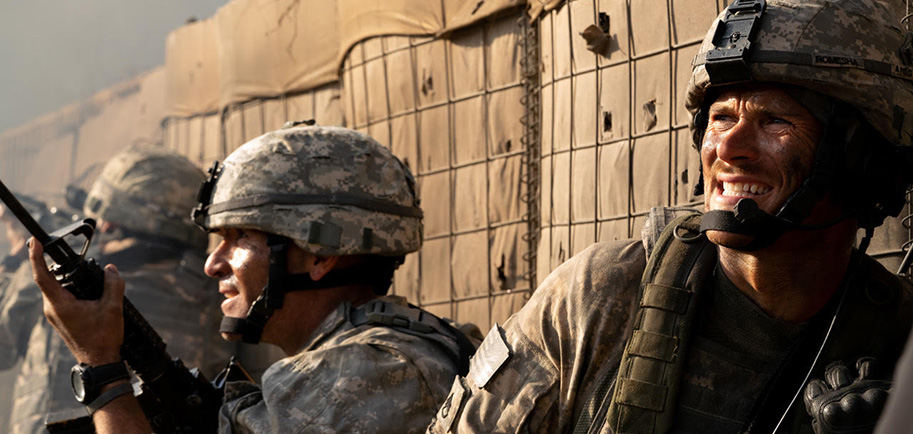
But as for other recognizable performers, the material offered room to show off more of their qualities. As 1st Lieutenant Benjamin D. Keating (whom the base is named after), Orlando Bloom – despite being 43 playing someone 27 – turns in some of his most commanding screen work, well, ever. Despite big roles in big movies, he truly feels like a leading man here with a firm, intelligent presence that takes over a room. But even more than Bloom I was most impressed with Caleb Landry Jones, who turns in show-stopping work as Specialist Ty Michael Carter. Of course, he’s provided room for the intense, always-bordering-psycho aspects he does so well (GET OUT, THE LAST EXORCISM), but as the movie goes on he shows plenty of fear and insecurity, as well as the immense emotional trauma that came with the battle’s aftermath. One scene that speaks not only to Jones but to Lurie’s direction and Tamasy and Johnson’s script finds Carter – having gone through the chaos and is now back to safety in the Humvee – wanting nothing more than to go back out like a madman to save his fallen ally, who's just out of reach. But with him is his another fellow soldier (Henry Hughes as Sergeant Brad Larson, if the chaos didn't turn my names around) who instead of fully backing up Carter’s plan of going out guns blazing, makes him stop, take a breath, logically look at the scenario, and actually think before he acts. Only when he agrees with Carter’s plan on how to bring their friend back, do they proceed as smartly as possible. It’s a moment of rich detail and fine performances and proves that even among the chaos, moments for a breather are offered in small, meaningful ways.
THE OUTPOST has its roots firmly in what all true military stories do in order to be made in the movies – namely one or more soldiers up against insurmountable odds that put to the test the strength of American bravery. Mix that in with an occasional bit of war flick heavy-handedness and it's hard for it to completely escape the trappings of the genre. But there's way more going on here that's worthy of merit, and what undoubtedly sets it apart is the slew of fine performances, all elevated with strong direction and technical work that favors the rich details and underlying tension. And, again, nothing wrong with a good explosion.


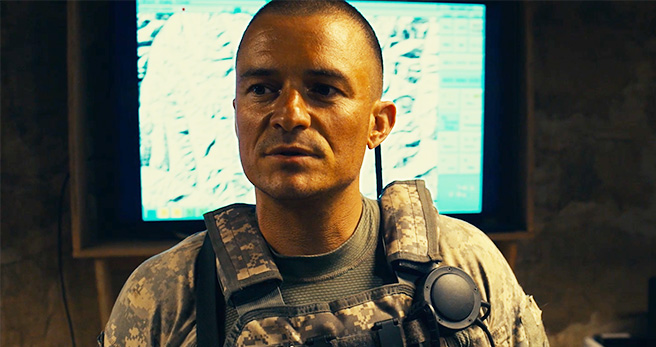
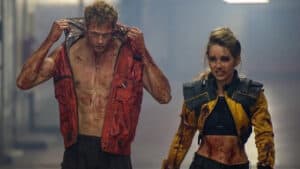



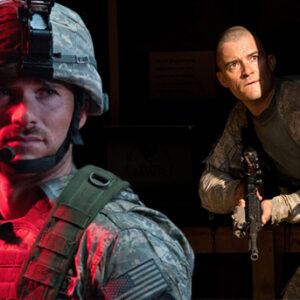

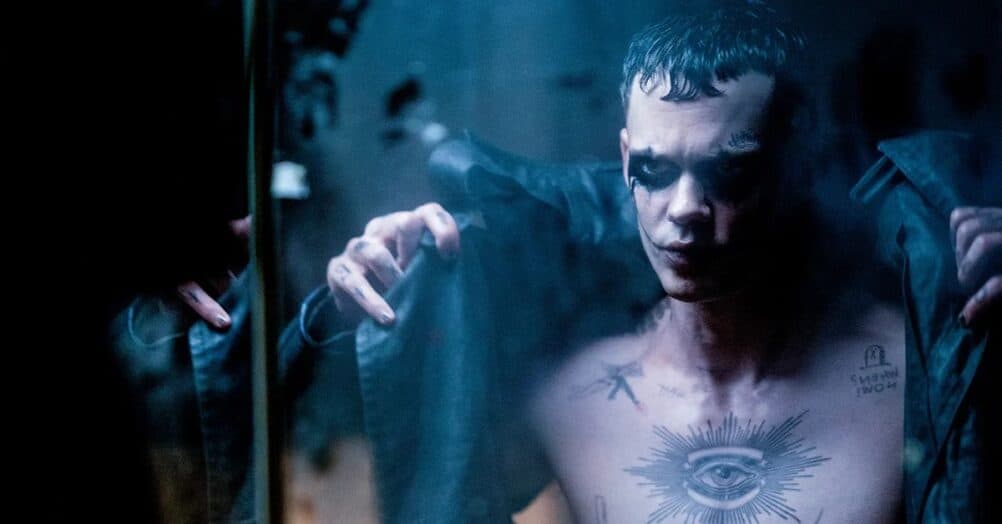
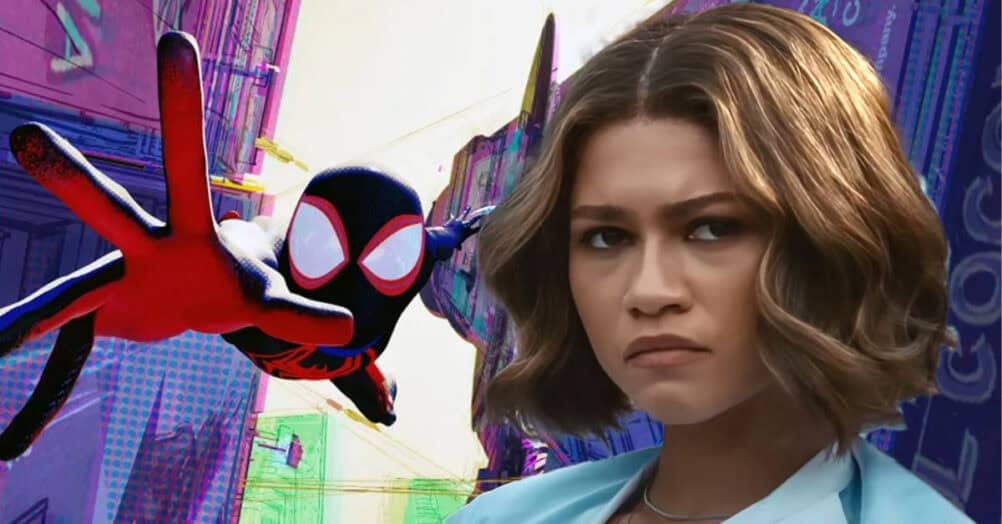
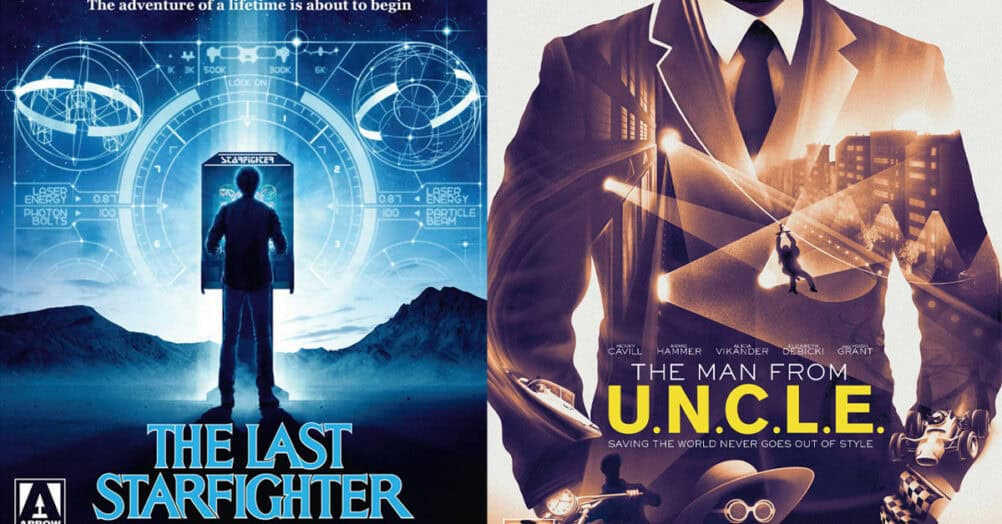
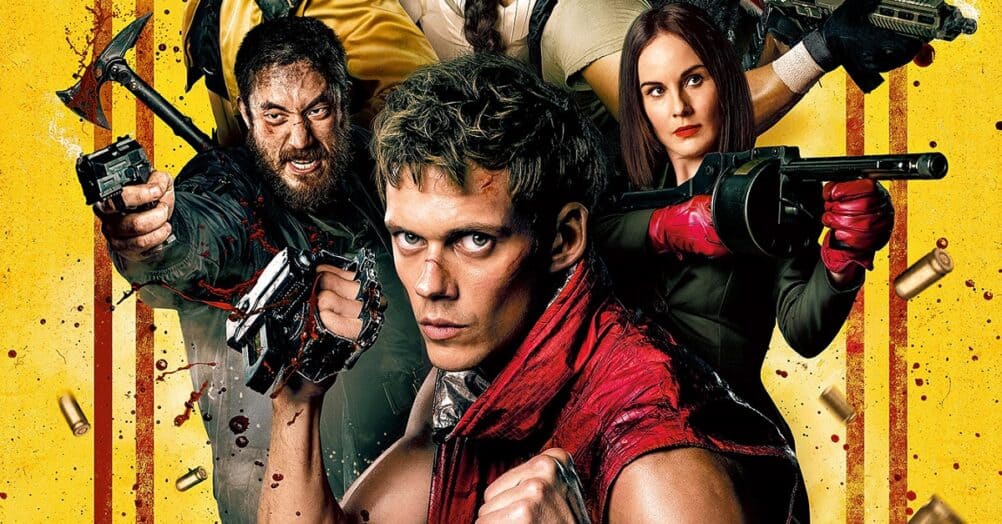
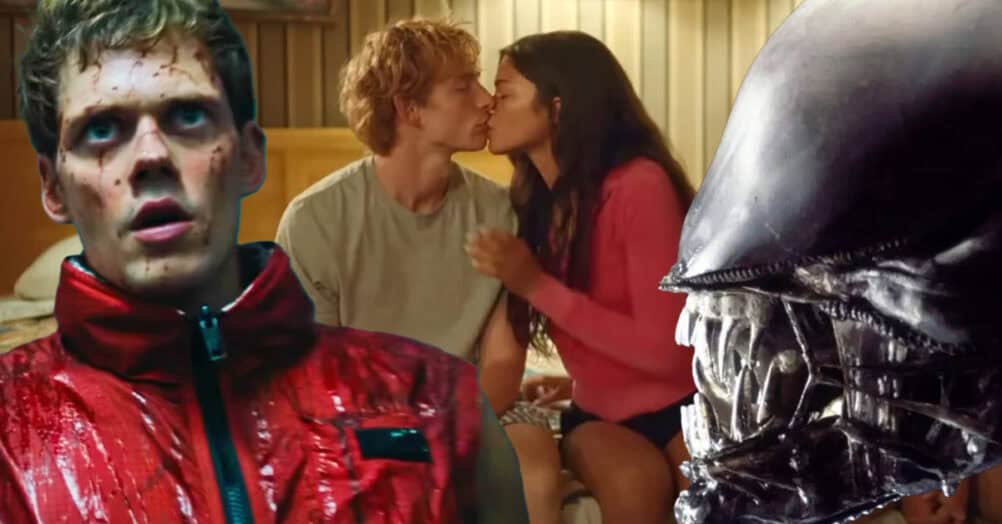
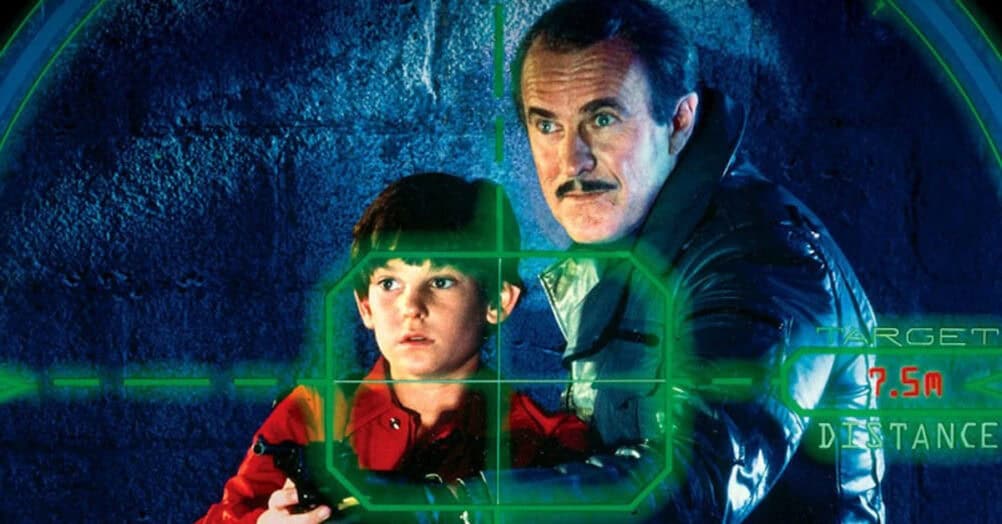
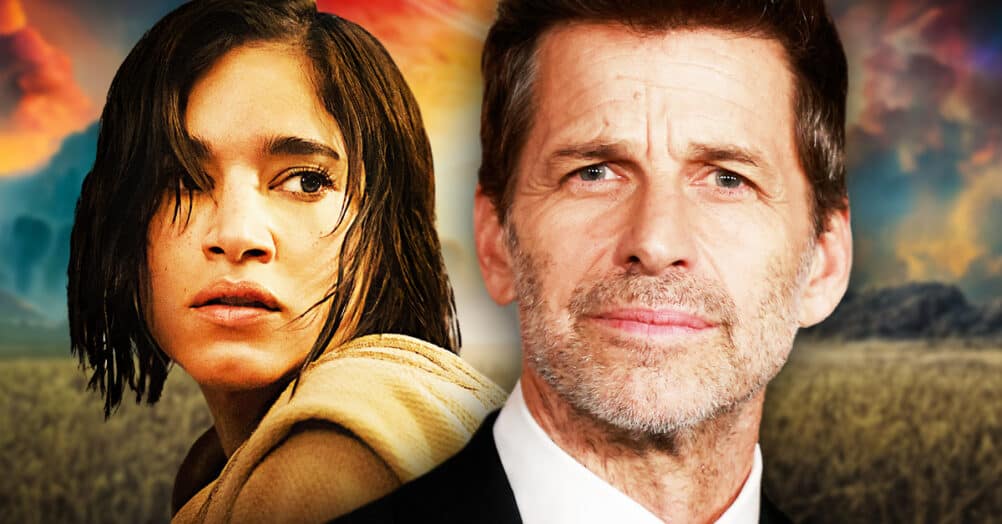
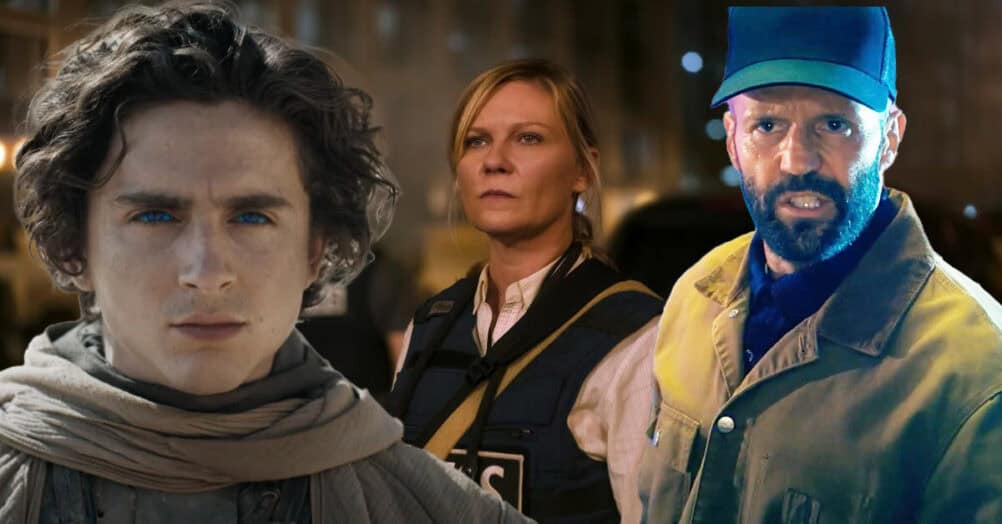
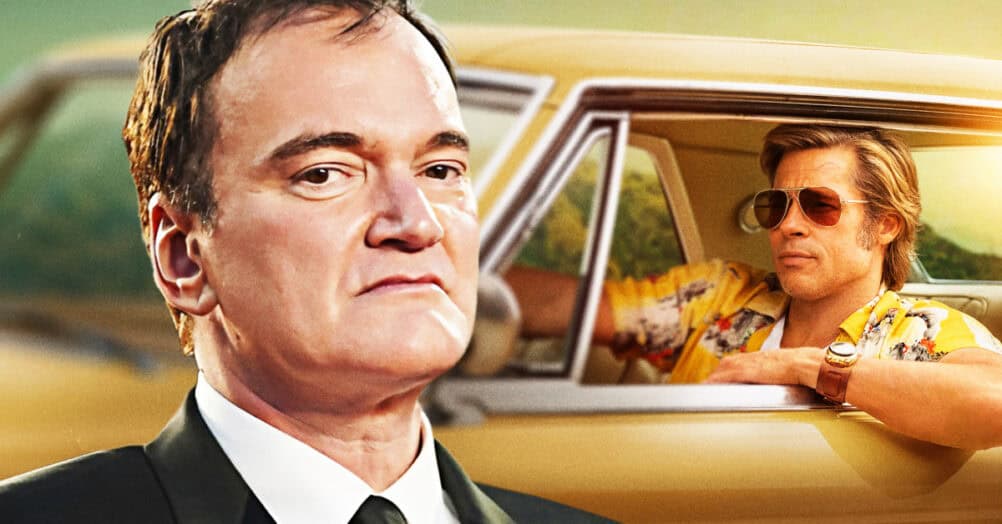

Follow the JOBLO MOVIE NETWORK
Follow us on YOUTUBE
Follow ARROW IN THE HEAD
Follow AITH on YOUTUBE